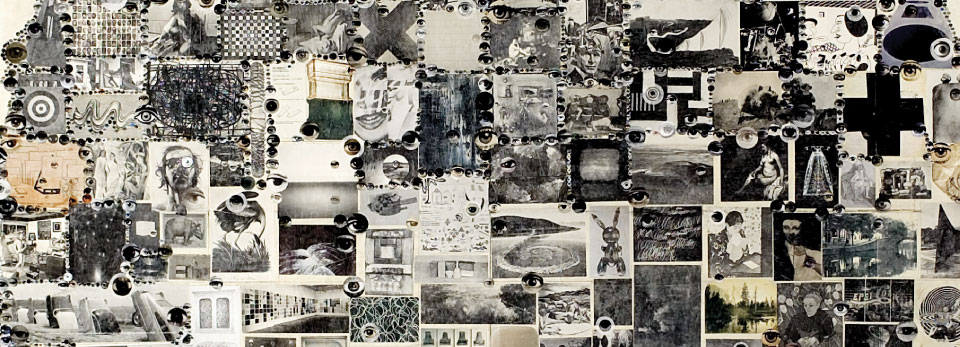

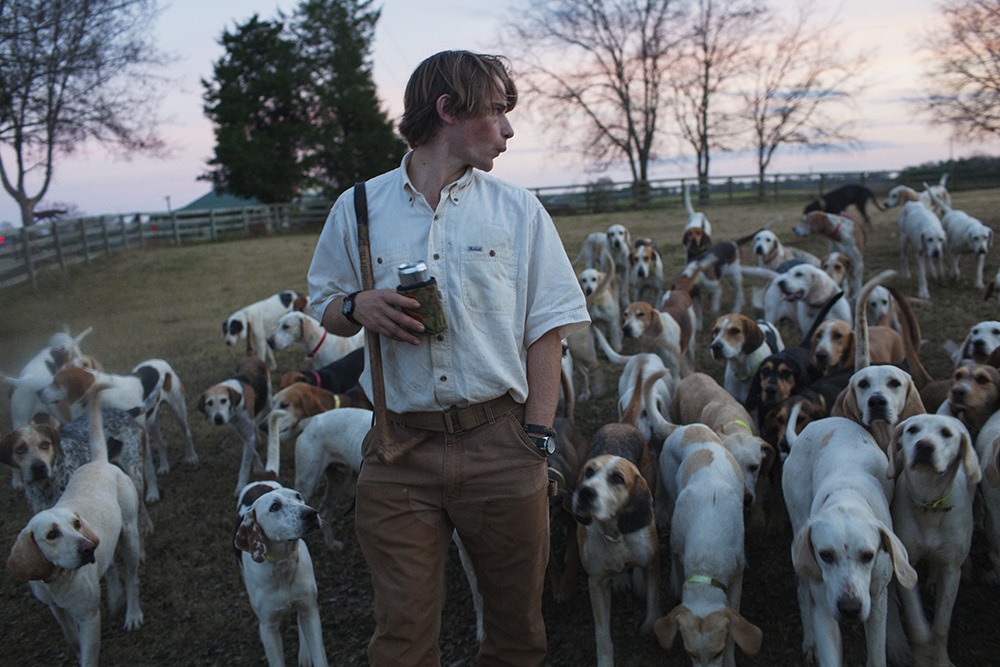
An avenue of live oaks leading to an oil refinery in Louisiana. North Carolina’s Eno River, crowded with children cooling off on the Fourth of July. Iridescent oil swirling in the Gulf after the Deepwater Horizon disaster. Each of the 220 photographs in the exhibition Southbound—debuting this Friday at the Halsey Institute of Contemporary Art at the College of Charleston—says more than meets the eye, an inherent friction at work in every image: between Old South and New, black and white, the environment and the demand for energy. Together, the photos call and respond to one another, telling a story of the modern South through the lens of fifty-six photographers. (Get a sneak peek here with images selected by Garden & Gun photography and visuals director Maggie Brett Kennedy.)
Southbound’s alchemy comes from co-curators Mark Sloan, the director and chief curator of the Halsey, and Mark Long, a professor of political science at the College of Charleston. Sloan and Long set out to explore an “idiosyncratic slice of the South,” as Sloan calls the project, with the duo culling photos that range from the poetic to the political, and that “ask more questions than they answer.”
READ THE FULL STORY [+]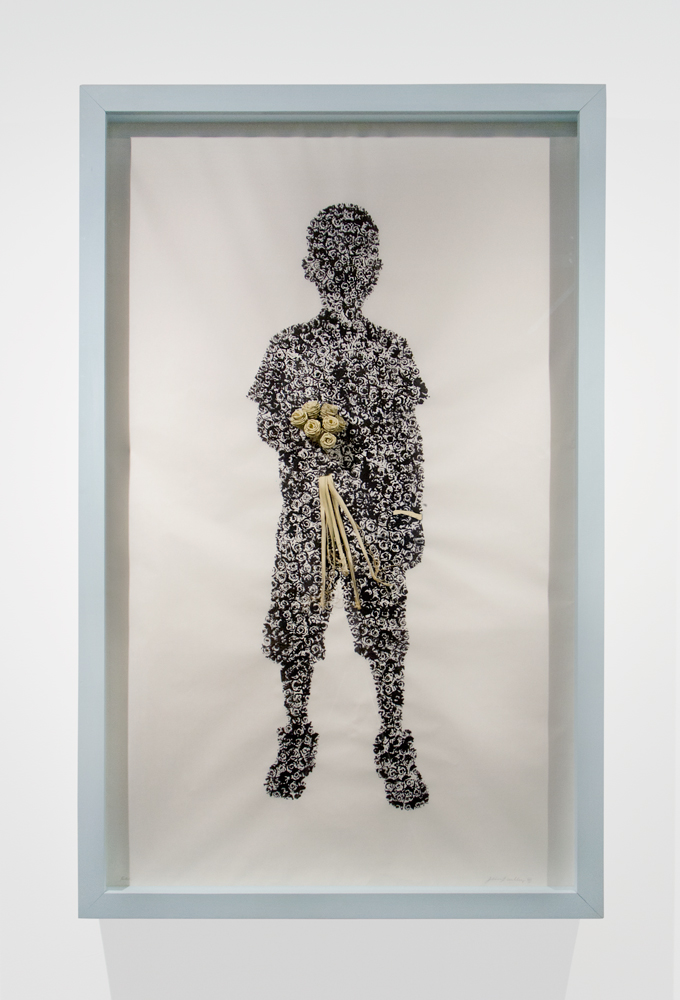
As the fall season gets under way, attention tends to focus on major cities like New York and London because of their blockbuster museum exhibits and trophy-art auctions. The vagaries of the art market hold greater sway there, with galleries opening and closing with every tilt in collector confidence.
…
Must-See: The Halsey Institute of Contemporary Art is a noncollecting powerhouse anchored at the College of Charleston and known for championing nontraditional artists like Washington, D.C.’s Renee Stout. It is currently exhibiting Italian painter Hitnes, who retraced Audubon’s steps in the U.S. and painted watercolor views of birds he spotted along the way.
Local Hero: The Southern has done much to rally broader support for the incendiary work of Charleston-based Colin Quashie, who painted retired Gen. Colin Powell’s face onto boxes of Uncle Ben’s rice and redesigned toile wallpaper to reflect the brutal realities of slavery. Another rising star: Fletcher Williams III, whose work uses palmetto roses to explore black entrepreneurship and ingenuity, he said.
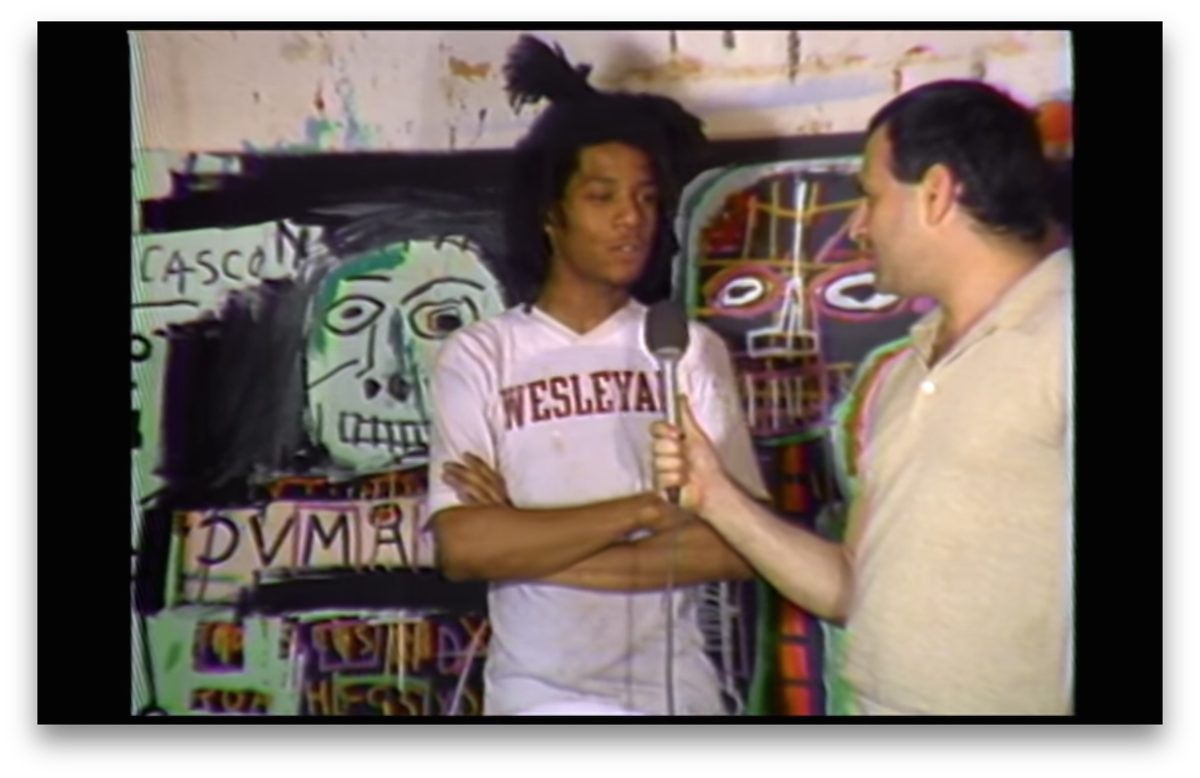
You can almost picture it, the grit and grime of East Village New York City in the 1970s and ’80s. Andy Warhol, with his shock of blond hair and dark shades sitting opposite Janis Joplin at the famed Max’s Kansas City club and music venue.
It was this atmosphere that fueled director, painter and educator Paul Tschinkel’s early career as a videographer and documentarian. On Sept. 5, Tschinkel will be in Charleston at the Halsey Institute for Contemporary Art, screening his film “ART/new york No. 30: Jean-Michel Basquiat,” which features a rare and in-depth interview with the famed art star.
READ THE FULL STORY [+]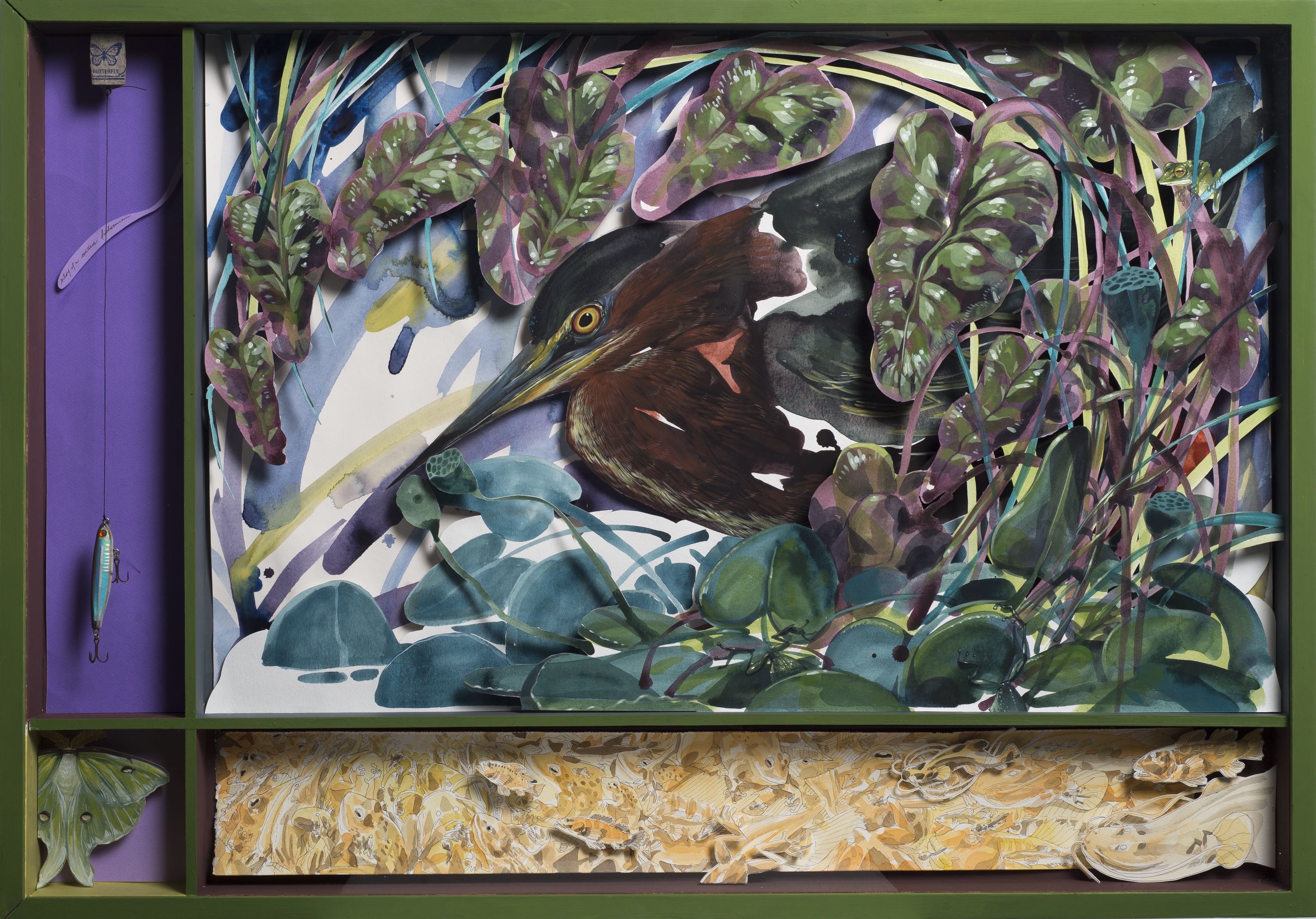
Two hundred years after Audubon traveled across America, tracking native bird species for his magnum opus, The Birds of America (1827–39), Italian artist Hitnes has retraced Audubon’s steps, creating an updated documentation of the birds Audubon painted. His homage to Audubon, The Image Hunter: On the Trail of John James Audubon, is now on display at the Halsey Institute of Contemporary Art in Charleston.
Inspired by Audubon’s original watercolors, Hitnes created The Image Hunter project. This entailed travelling through 15 states, from Florida to Ohio, creating sketches, paintings, and large-scale murals of the birds he saw. The exhibition includes objects and ephemera collected along Hitnes’s journey, and features 15 plexiglass shadowboxes with multi-segmented compartments, along with 53 small, copper-plate etchings Hitnes used to create his own miniature book, Fragments of The Birds of America. Hitnes’s multi-dimensional shadowboxes reference Audubon’s iconic work, while adding layers of information about the birds’ ecosystems, eating habits and history. A feature-length documentary film on Hitnes’s trip, directed by filmmaker Giacomo Agnetti, will also be on view.
READ THE FULL STORY [+]

Famed 19th-century naturalist John James Audubon has a special connection to Charleston and the College of Charleston. Not only did he work on many of his paintings at a studio in the home of his friend and fellow naturalist, John Bachman, who taught at CofC in the 1800s, but the College has both a reproduction and original set of Audubon’s The Birds of America – one of the rarest books in the world.
How fitting, then, that the Halsey Institute of Contemporary Art’s first exhibition of the 2018-19 season is “The Image Hunter: On the Trail of John James Audubon.” On view from Aug. 17 – Sept. 29, 2018, with a public reception at 6:30 p.m. on Aug. 24, the exhibit will feature Audubon-inspired works by Italian artist and muralist Hitnes.
“When we were approached by Hitnes about the possibility of becoming the lead institution for his project, ‘The Image Hunter,’ it was an easy ‘YES!’,” says Mark Sloan, the Halsey’s director and chief curator. “Given that Charleston as a city looms large in Audubon’s life story, and the College of Charleston itself has many connections, it felt almost inevitable.”
READ THE FULL STORY [+]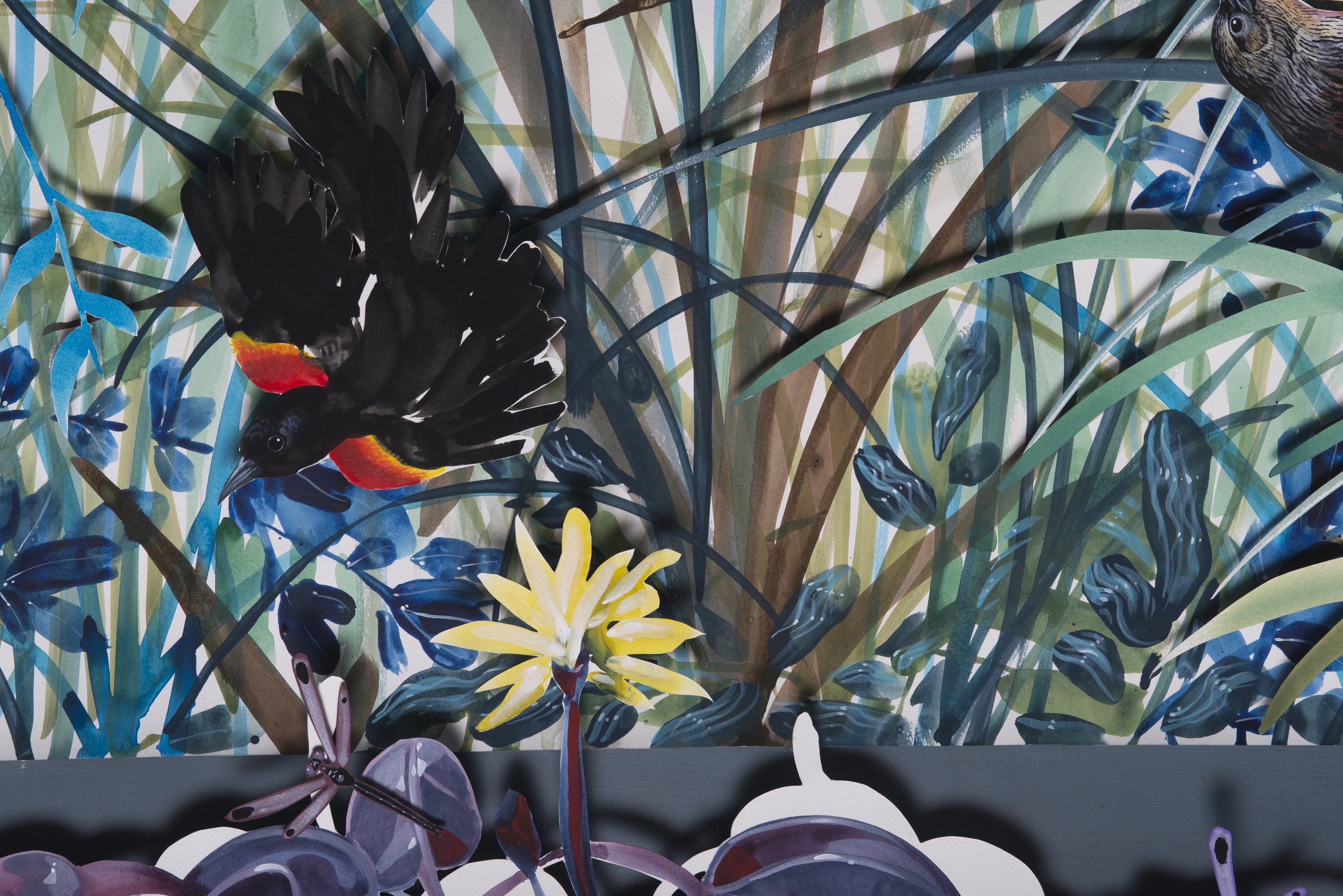
Preparing for a new school year can be a shock to the system. We must re-adjust our bodies and minds to new routines.
There’s no easy advice for how to jump into the start of school. The only thing I’ve found that works is to remember to breathe, get enough sleep and carve out some activities for you and your family that get you out of the house.
…
The Halsey Institute, 161 Calhoun St., is a contemporary art destination in Charleston that’s gearing up for a new season with their first exhibit, “The Image Hunter: On the Trail of John James Audubon.”
Italian artist Hitnes, a muralist, printmaker and painter, examines Audubon’s legacy in and around Charleston and beyond. Audubon sought to track and capture images of all the birds in the United States. The naturalist spent decades in this pursuit as well as plenty of time on the Charleston coast, an area rich with bird life.
Hitnes, retracing Audubon’s journey, took a 20-city road trip during which he, too, documented the avian sights he encountered. Hitnes’ journey, which breathes new life into Audubon’s work, resulted in paintings that are sharp, vivid pieces of naturalism. Filmmaker Giacomo Agnetti created a documentary of Hitnes’ trip. “The Image Hunter” is an impressive exhibit presented by one of Charleston’s most important galleries.
READ THE FULL STORY [+]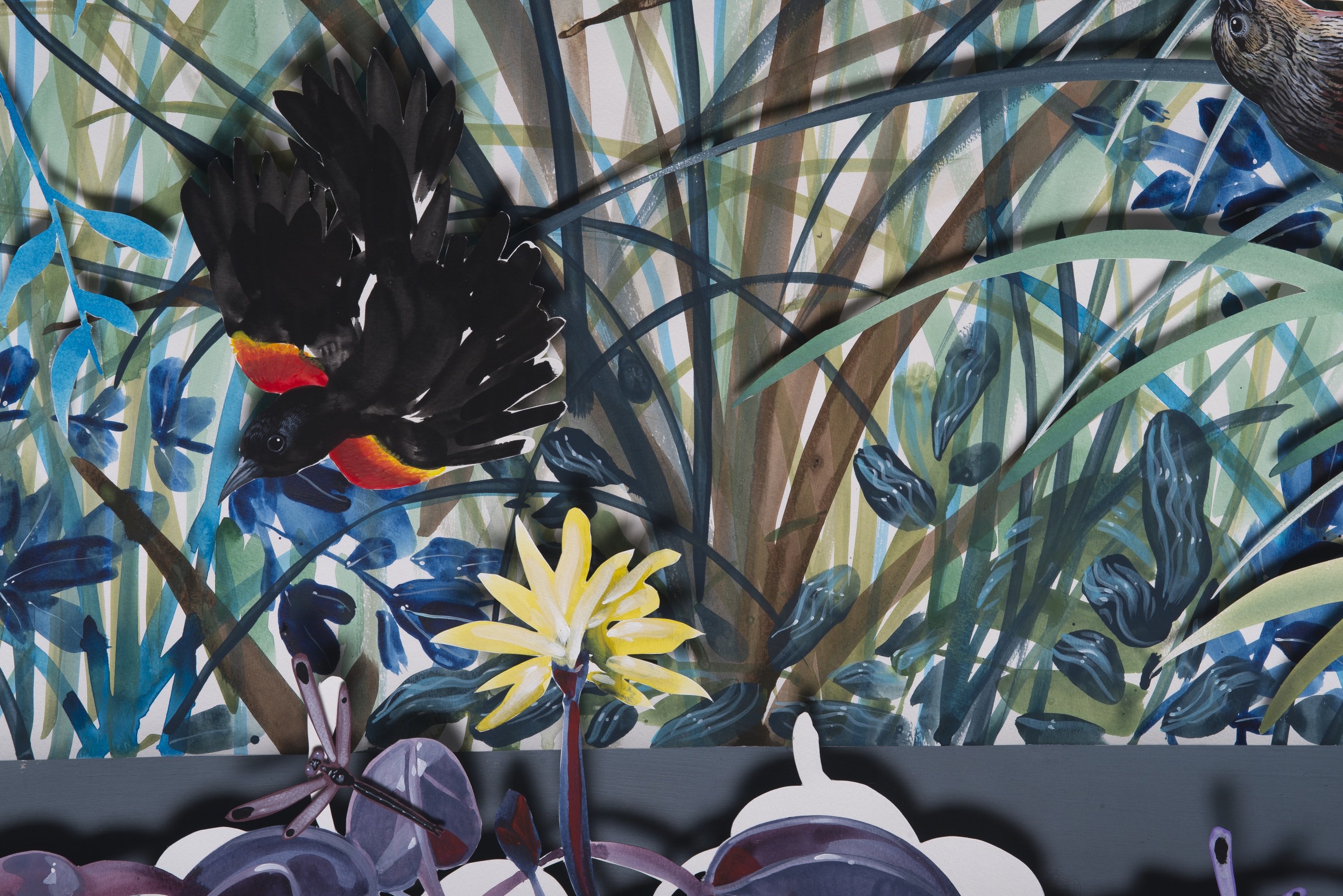
Some art is for the birds.
But some art is about the birds.
Case in point: John James Audubon’s magnificent hand-painted etchings of 435 North American birds. Those enormous prints were produced and sold between 1827 and 1838 and compiled into a treasure of naturalist ornithology called “The Birds of America.”
The book’s production was the second phase of a life-consuming two-part project. To create the images, Audubon first had to observe and collect the birds. He did so over the course of 14 years of field work, and three intense years, 1820-22, of trekking through the American South.
Along the way, he started and ended business ventures, coped with intense debt that landed him in prison briefly and drew from a deep well of entrepreneurial and creative energy.
When Italian street artist Hitnes, who had gained fame in Rome and beyond for his large, rogue murals, learned about Audubon, the French-born American adventurer, he discovered a kindred spirit.
READ THE FULL STORY [+]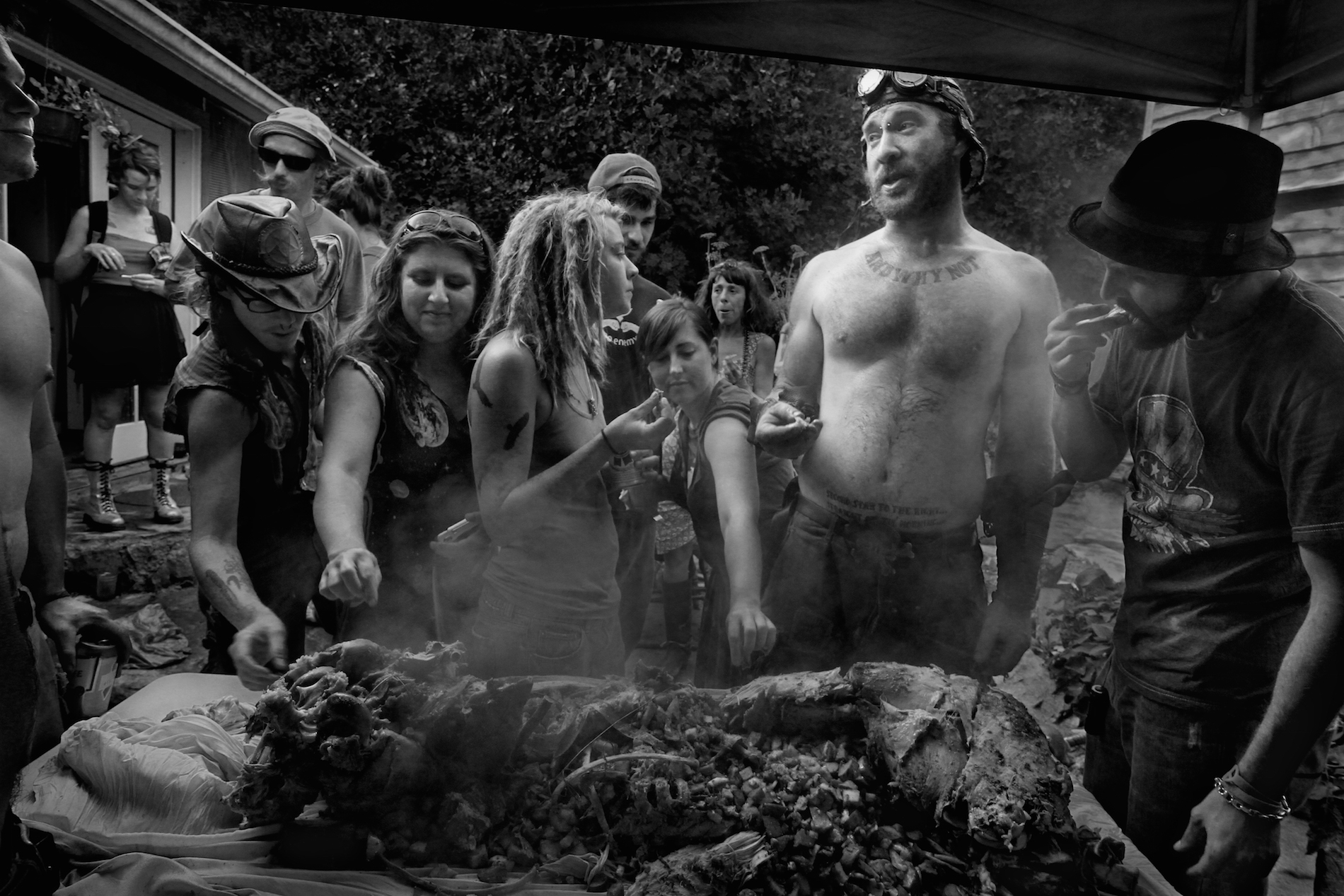
The Halsey Institute of Contemporary Art at the College of Charleston presents the exhibition from October 19, 2018, to March 2, 2019, held simultaneously at both the Halsey Institute of Contemporary Art and the City of Charleston’s City Gallery at Waterfront Park.
Southbound: Photographs of and about the New South comprises fifty-six photographers’ visions of the South over the first decades of the twenty-first century. Accordingly, it offers a composite image of the region. The photographs echo stories told about the South as a bastion of tradition, as a region remade through Americanization and globalization, and as a land full of surprising realities. The project’s purpose is to investigate the senses of place in the South that congeal, however fleetingly, in the spaces between the photographers’ looking, their images, and our own preexisting ideas about the region.
READ THE FULL STORY [+]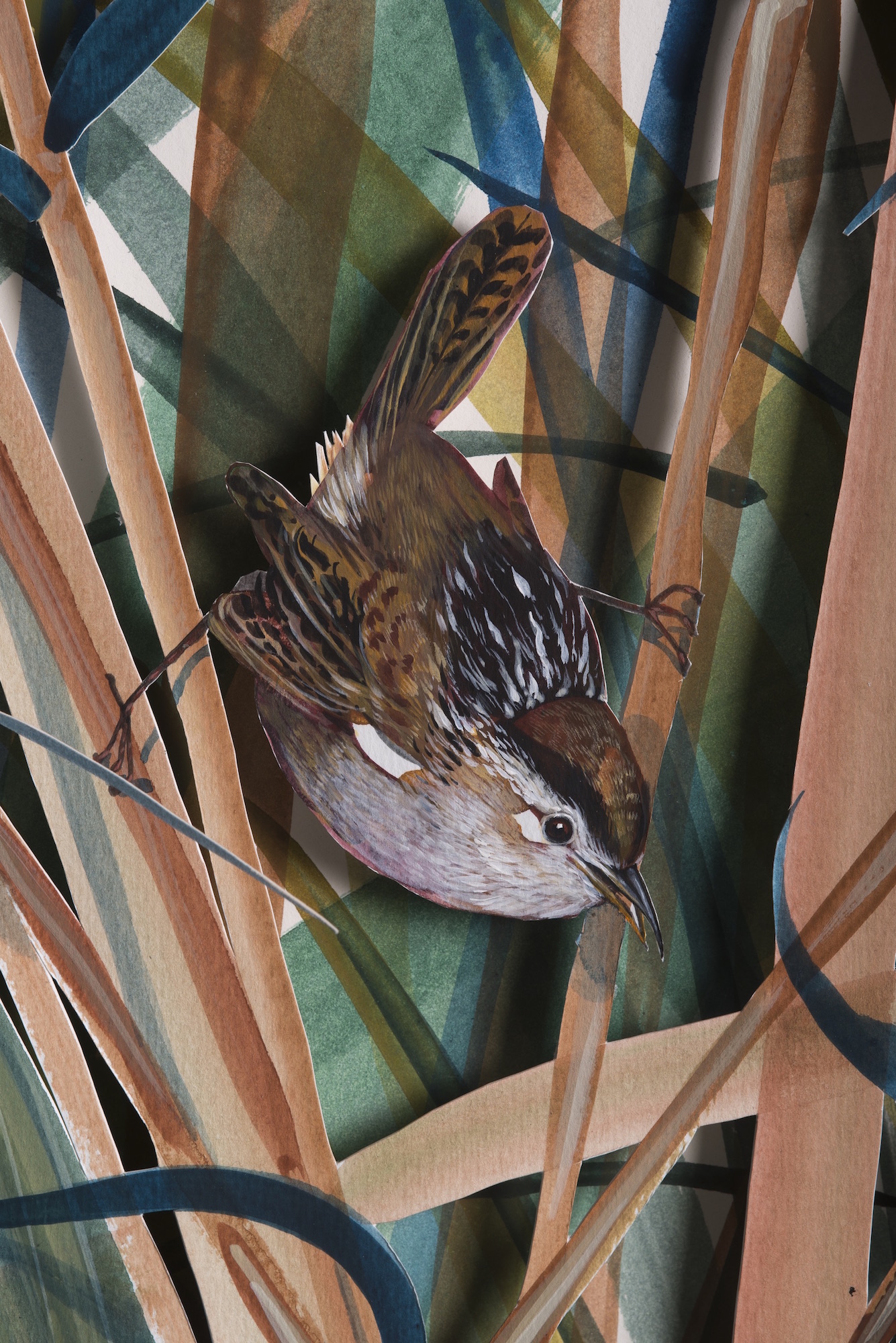
The Image Hunter: On the Trail of John James Audubon, featuring new work by Italian artist Hitnes, opens at the Halsey on August 17 with a reception on Fri. Aug. 24 at 6:30 p.m.
The exhibition is a culmination of The Image Hunter project in which Hitnes, who had an artist residency at the Halsey in 2017 and 2018, retraced Audubon’s travels. In a video about the project Hitnes says, “I always wanted to know what it felt like to be an explorer or a naturalist in the 1800s.”
The Image Hunter: On the Trail of John James Audubon has become a means of research by the Halsey Institute given the connection between Charleston and Audubon’s legacy. For those who don’t know, Audubon spent decades tracking and drawing birds in hopes to catalog the wildlife of a young country in his seminal 1813 work, Birds of America. So where does Charleston come in? Well, Audubon actually tracked birds around Charleston and even worked out of a studio in the Lowcountry home of his friend John Bachman. College of Charleston also maintains a rare collection of Audubon’s work, including a full set of Birds of America, in its Special Collections.
READ THE FULL STORY [+]
CHARLESTON, SC – The Halsey Institute of Contemporary Art at the College of Charleston is proud to announce their first exhibition of the 2018-2019 season, The Image Hunter: On the Trail of John James Audubon. The exhibition will be on view from Friday, August 17 to Saturday, September 29 with a public opening reception on Friday, August 24 at 6:30PM. The galleries are open to the public and admission is free.
ABOUT THE EXHIBITION
The Image Hunter: On the Trail of John James Audubon features new work by the Italian artist Hitnes. The exhibition and its related programming have been developed as a special research initiative by the Halsey Institute given the primacy of Charleston to Audubon’s legacy.
In the early half of the nineteenth century, John James Audubon spent decades tracking birds and drawing them, hoping to create a compendium of all of the birds in the United States. Charleston played an important role in Audubon’s work as he kept a studio in the home of his friend and fellow naturalist John Bachman. Audubon hunted for specimens on the Sea Islands off of Charleston’s coast, and he even included the city’s distinctive skyline from the 1830s – replete with its church steeples – in his drawing of the long-billed curlew.